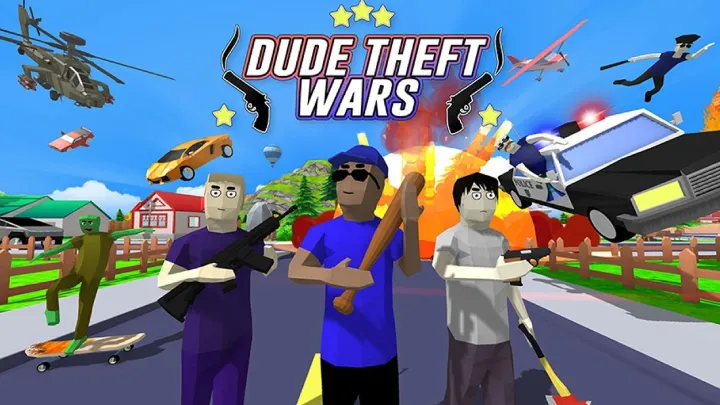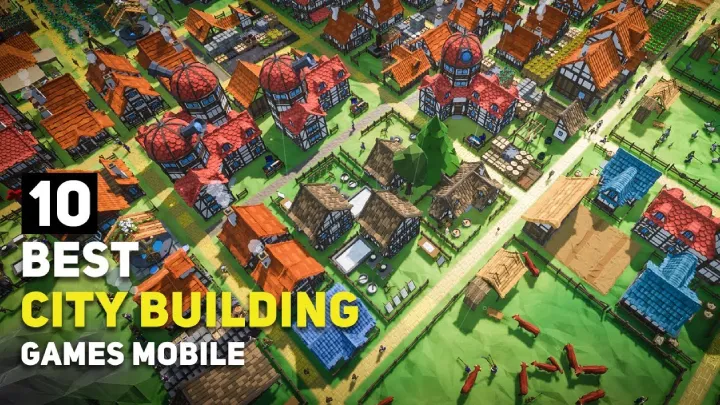Ready or Not is a tactical first-person shooter that places you in the boots of an elite SWAT officer. Unlike traditional shooters, this game demands precision, patience, and strategic thinking. Every mission is a test of your ability to assess threats, control chaos, and make split-second decisions under pressure. Whether you're new to the game or looking to refine your skills, this guide will walk you through the essential steps to becoming a highly effective operator—from mastering movement and gear selection to executing flawless room entries and handling civilians. Let’s break down the journey to tactical excellence, one mission at a time.
1. Understanding the Tactical Philosophy of Ready or Not
Before diving into gameplay mechanics, it's crucial to understand the philosophy behind Ready or Not. This isn’t a run-and-gun shooter. The game rewards methodical planning, communication, and restraint. You’re not just eliminating threats—you’re protecting lives, gathering intel, and enforcing the law under extreme conditions.
Every decision matters. Shooting a suspect who’s surrendering, failing to report evidence, or letting a civilian escape can result in mission failure. The game’s scoring system reflects this, emphasizing professionalism over aggression.
Core Tactical Principles
- Minimize risk to civilians and teammates
- Use non-lethal force when possible
- Communicate and coordinate with your squad
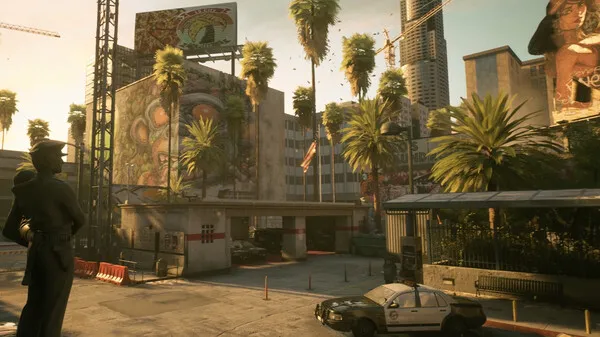
2. Choosing the Right Loadout for Each Mission
Your gear can make or break a mission. Ready or Not offers a variety of weapons, armor, and tactical tools. Choosing the right loadout depends on the mission type, map layout, and expected threats. For example, hostage rescue missions benefit from non-lethal tools like tasers and beanbag shotguns, while active shooter scenarios may require heavier firepower.
Don’t overlook utility items. Flashbangs, door wedges, and mirror guns are essential for controlling rooms and gathering intel. Armor choice also matters—light armor offers mobility, while heavy armor provides protection at the cost of speed.
Recommended Loadouts
- Hostage Rescue: Beanbag shotgun, taser, mirror gun, light armor
- Active Shooter: M4A1, flashbangs, heavy armor, breaching shotgun
- Bomb Threat: SMG, door wedges, toolkit, medium armor
3. Mastering Movement and Room Clearing
Movement in Ready or Not is deliberate. Sprinting into rooms is a recipe for disaster. Instead, use slow peeks, lean mechanics, and door control to minimize exposure. Always check corners and blind spots—suspects often hide behind furniture or in dark areas.
Room clearing should be systematic. Stack up at the door, use a mirror gun to scout, then breach with flashbangs or tactical entry. Communicate with your squad to cover angles and avoid crossfire. Practice makes perfect—repetition builds muscle memory.
Room Clearing Checklist
- Check door for traps
- Scout with mirror gun
- Deploy flashbang or stinger
- Enter and clear left/right
- Secure suspects and civilians
4. Using the Command Wheel Effectively
The command wheel is your lifeline for squad coordination. It allows you to issue orders like “stack up,” “restrain target,” or “move in and clear.” Learning to use it quickly and accurately is essential, especially in high-pressure situations.
Commands should be context-sensitive. Don’t send your team into a room without intel. Use “mirror under door” before breaching, and “restrain target” only when the suspect is subdued. The AI responds best when commands are timed and sequenced logically.
Top Command Wheel Tips
- Use “cover me” when entering unknown areas
- Stack and breach with flashbangs for safety
- Restrain civilians immediately to prevent escape
5. Handling Civilians and Suspects
Not every person in the mission is a threat. Civilians may panic, run, or ignore commands. Suspects may surrender or fake compliance. Your job is to assess behavior and respond appropriately. Use verbal commands first, then escalate if necessary.
Non-lethal tools are ideal for controlling unpredictable targets. Tasers and beanbag rounds can subdue suspects without lethal force. Always report secured individuals and evidence to maintain mission integrity and scoring.
Behavioral Cues
- Suspects holding weapons but not aiming may surrender
- Civilians running toward danger need immediate restraint
- Fake surrenders often precede sudden attacks
6. Navigating Complex Maps and Environments
Each map in Ready or Not presents unique challenges. From tight corridors in “Neon Tomb” to multi-level layouts in “Valley of the Dolls,” understanding the environment is key. Use the mirror gun to scout, door wedges to control movement, and flashbangs to clear blind spots.
Verticality and lighting also affect tactics. Suspects may hide in stairwells or dark corners. Adjust your approach based on map design—slow and steady wins the mission. Learn map layouts through repetition and practice.
Environmental Hazards
- Booby-trapped doors
- Low-light areas requiring NVGs
- Multiple entry points for flanking
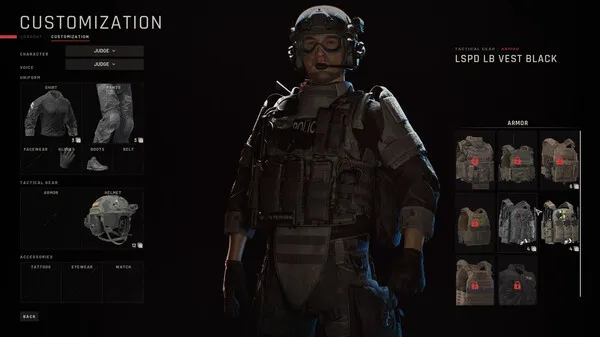
7. Managing Stress and Time Pressure
Ready or Not thrives on tension. Missions often include time-sensitive objectives like bomb threats or active shooters. Managing stress is part of the challenge. Stay calm, communicate clearly, and prioritize objectives.
Use the mission timer wisely. Don’t rush unless necessary. Secure areas methodically, and avoid tunnel vision. If a suspect escapes or a civilian dies, the mission may fail. Tactical patience is more valuable than speed.
Time Management Tips
- Divide the map into zones and clear one at a time
- Use teammates to cover while you secure evidence
- Keep an eye on the mission clock but don’t panic
8. Playing Solo vs. Co-op: Adapting Your Strategy
Ready or Not supports both solo and co-op play, but each requires a different mindset. Solo players must rely heavily on AI teammates and command precision. Co-op players benefit from real-time communication and human coordination.
In solo mode, micromanage your team and use the command wheel frequently. In co-op, assign roles—breacher, scout, rear security—and communicate constantly. Both modes are rewarding, but co-op offers deeper tactical synergy.
Solo vs. Co-op Comparison
AspectSoloCo-opCommunicationCommand wheelVoice chatTeam ControlAI teammatesHuman coordinationFlexibilityLimitedHigh
9. Scoring System and Mission Evaluation
Ready or Not uses a detailed scoring system to evaluate your performance. Points are awarded for securing suspects, rescuing civilians, reporting evidence, and minimizing force. Penalties apply for unauthorized use of force, missed reports, and civilian casualties.
Understanding the scoring system helps you improve. Aim for high professionalism scores by using non-lethal tools, reporting everything, and avoiding unnecessary violence. The game rewards restraint and precision over brute force.
Scoring Breakdown
- +15: Securing suspect
- +10: Rescuing civilian
- -20: Civilian death
- -10: Unauthorized lethal force
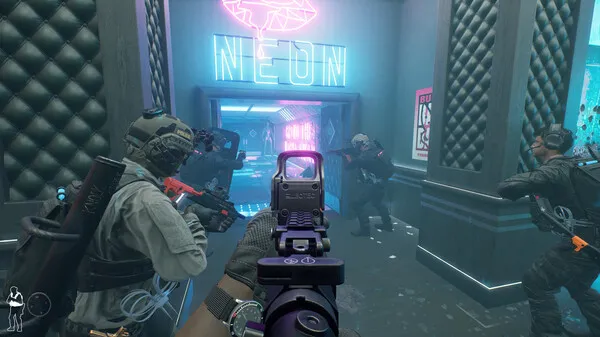
10. Continuous Improvement and Training
Mastery in Ready or Not comes from repetition and reflection. After each mission, review your performance. What went wrong? What could be improved? Use training maps to practice breaching, aiming, and command timing.
Watch replays, study tactics from experienced players, and experiment with different loadouts. Tactical excellence is a journey, not a destination. The more you train, the more instinctive your decisions become.
Conclusion Becoming a top-tier operator in Ready or Not requires more than quick reflexes—it demands discipline, planning, and adaptability. From choosing the right gear to managing stress under fire, every aspect of your approach shapes the outcome of each mission. By following these strategies and refining your skills over time, you’ll not only survive the chaos—you’ll control it









